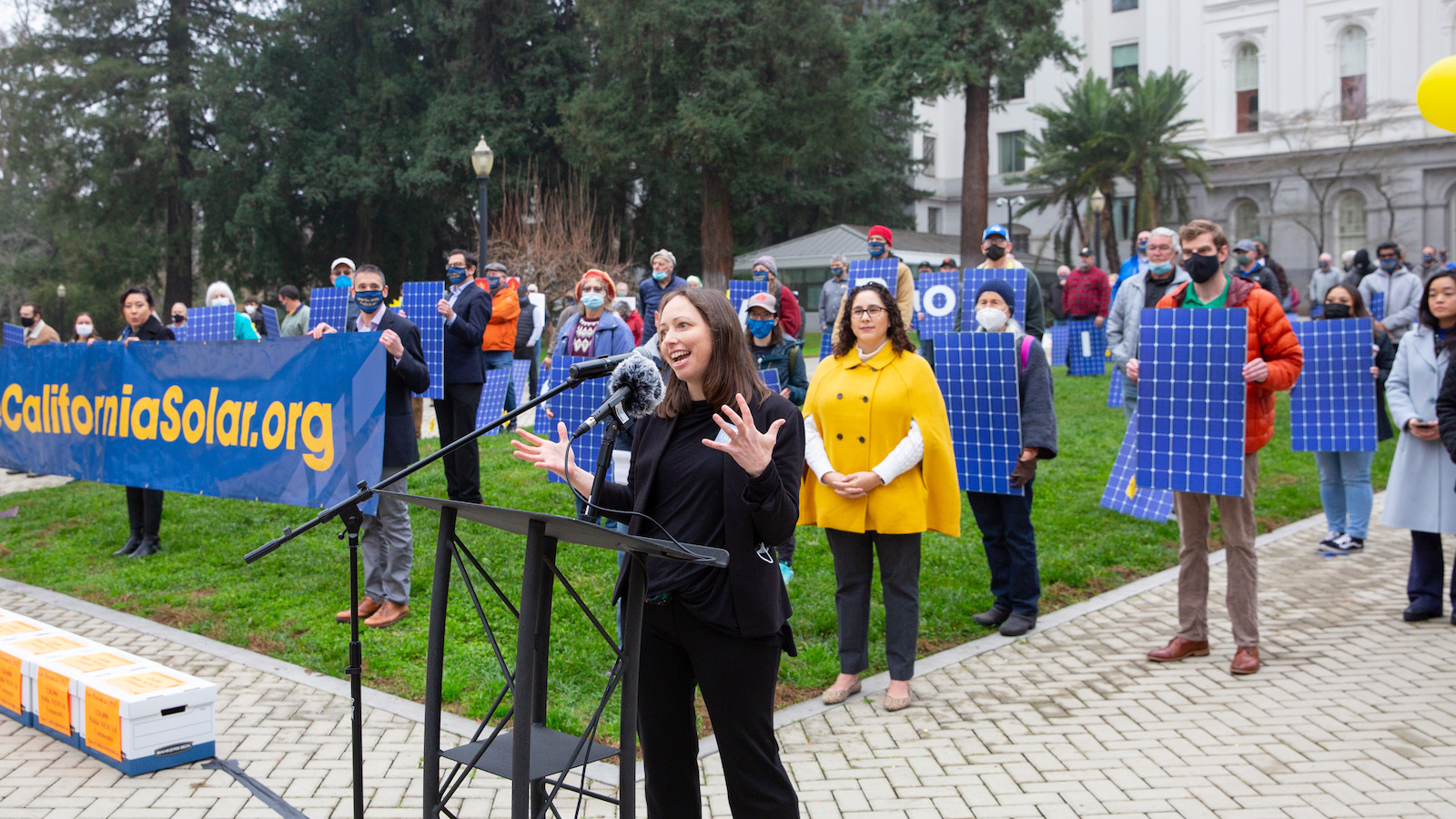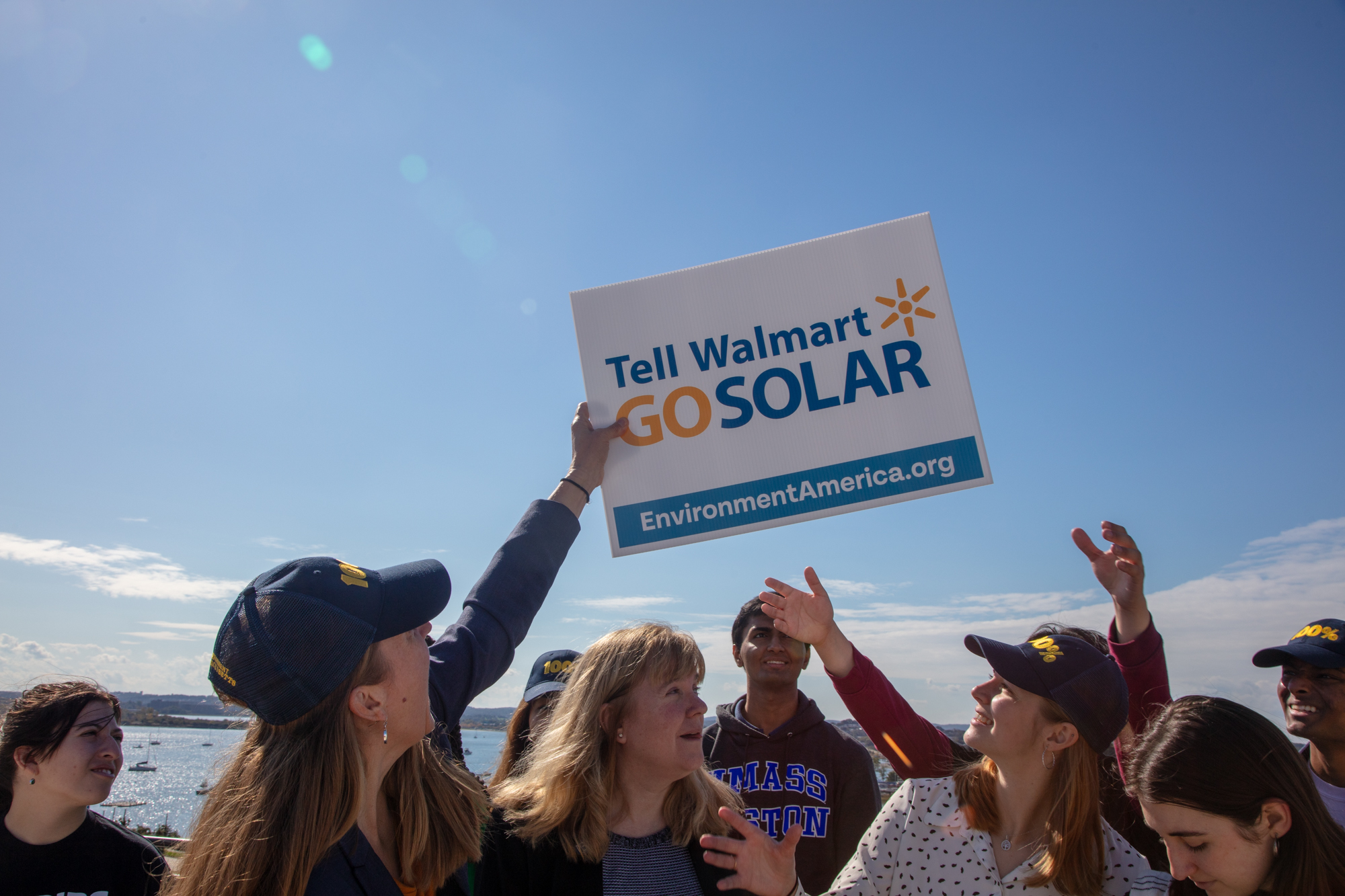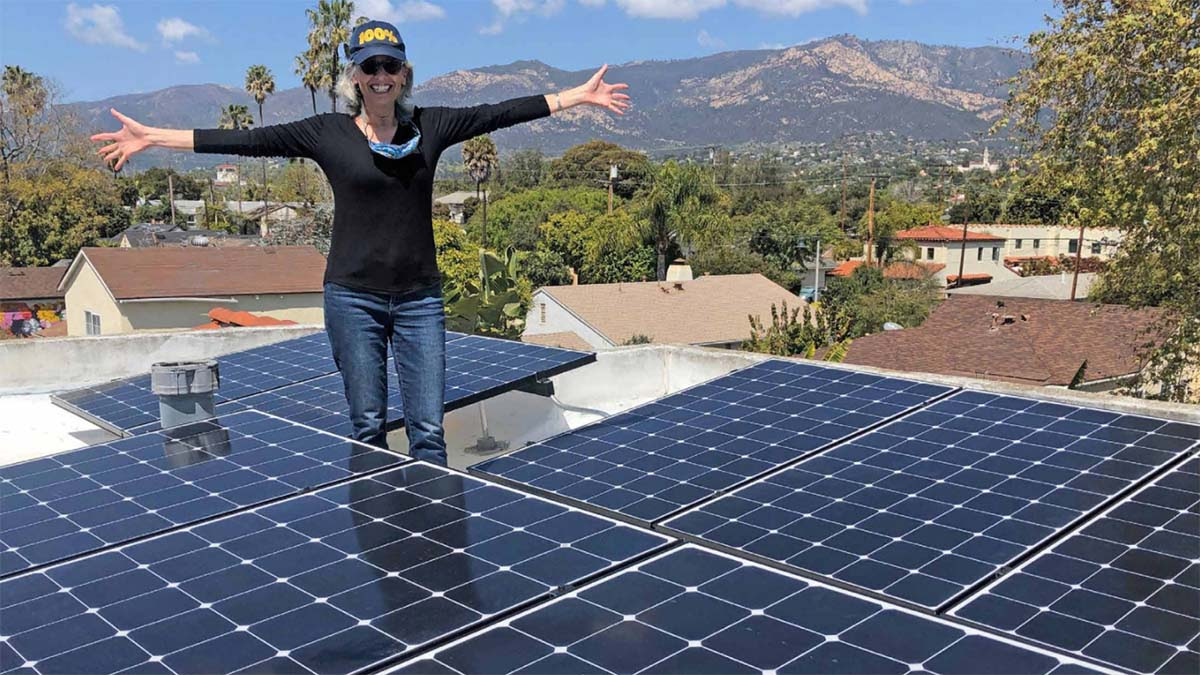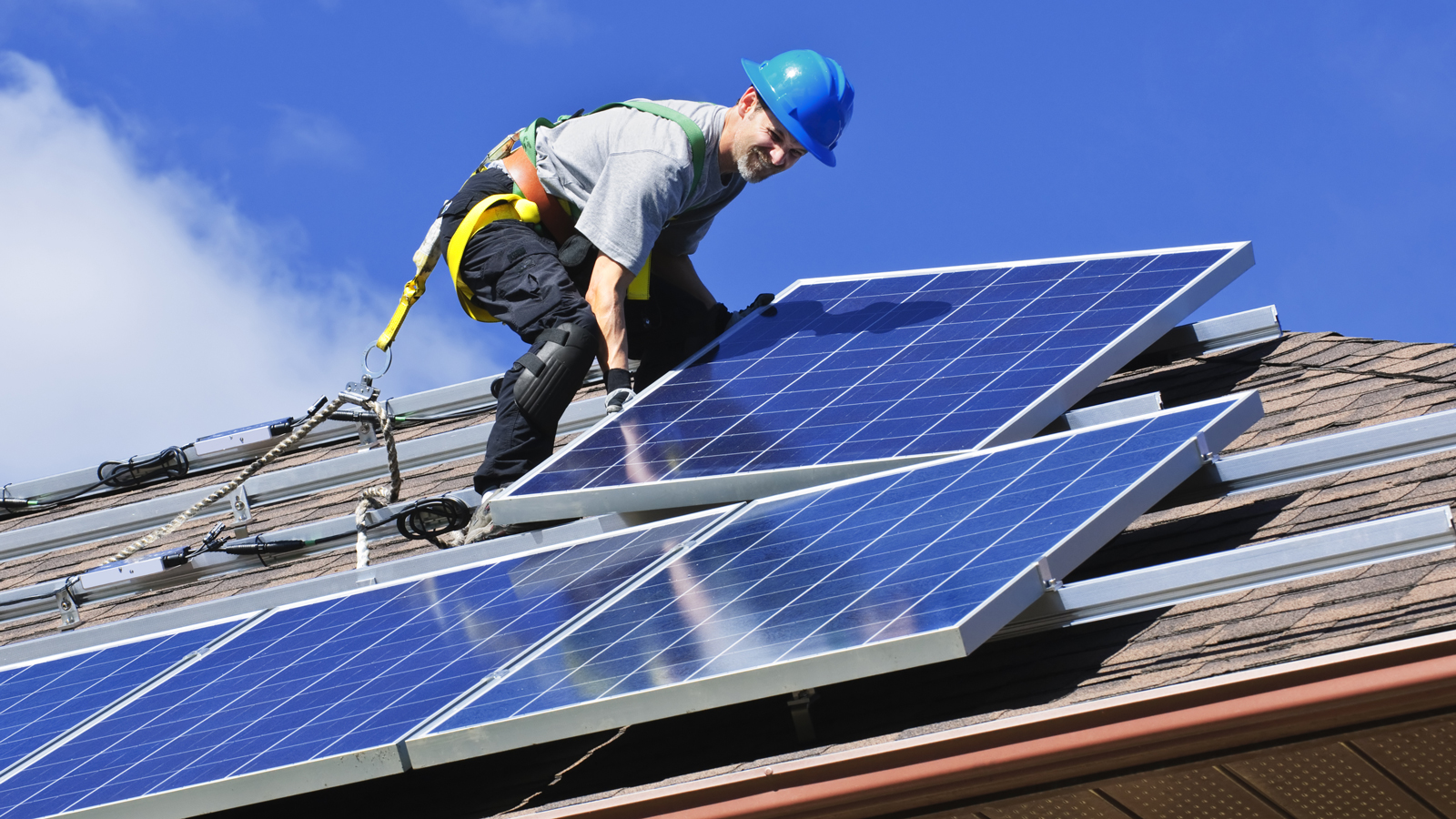
Can we keep solar growing in California? An update on saving solar in the Golden State
Why we need to keep consumer solar incentives strong to save rooftop solar in California

In December, the California Public Utilities Commission (CPUC) proposed an update to the state’s bedrock solar incentive program that would have threatened the continued growth of rooftop solar in California in a time where clean, renewable energy is needed more than ever. Now, as we await an updated CPUC proposed decision, let’s review why we need to push for strong solar policies that will boost access to and incentivize further growth of distributed rooftop solar panels.
Solar power is one of the greatest tools we have to embrace a healthier, clean energy future and reduce global warming pollution caused by burning fossil fuels for energy. Renewable energy, and especially solar, has become an everyday part of California’s energy landscape. California boasts the two cities with the most installed solar capacity in the nation, Los Angeles and San Diego, and has six cities in the top 20. This is due in no small part to favorable solar policies like the Million Solar Roofs program from 2006 and the state’s longstanding net energy metering (NEM) policy. NEM enabled solar customers to be compensated at the retail rate for the surplus electricity they supply to the grid– an attractive incentive for solar customers who in turn benefit society by contributing clean, renewable energy to the grid. These policies have helped incentivize widespread solar adoption by households throughout California and are critical to future clean energy growth.
The continued growth of rooftop solar, however, is currently at risk. In December, 2021, the CPUC proposed changes that would gut the state’s bedrock solar program by imposing a nearly $700 per year solar tax and weakening protections for existing solar users, dismantling some of the strongest incentives for Californians to go solar. Evidence from California and around the United States shows that the pace of solar adoption is dependent on the level of compensation provided to solar panel owners. Therefore, unless we want to stunt California’s nation-leading growth in solar generation, we must maintain these effective solar incentives.
To keep up with California’s ambitious clean energy goals and keep rooftop solar growing, maintaining strong support for the state’s solar programs will be essential. California just accelerated its clean energy targets with the signing of SB 1020, and will have to reach 90% clean energy by 2035 and 95% clean energy by 2040. Growing our largest clean energy source, solar, will greatly enhance these efforts. Keeping consumer solar incentives strong will build off of recent progress in passing the Solar Access Act, which will streamline the solar permitting process and decrease wait times for putting up solar panels across the state. As detailed in Environment America Research and Policy Center’s 2021 report, Rooftop Solar at Risk, rooftop solar panels are a uniquely powerful and beneficial way to harness clean energy. Distributing these panels on rooftops across the state means less need for expensive long-distance transmission infrastructure, more land preservation by installing panels on existing buildings, and an electricity system that is more resilient to wildfires and climate-related disasters like intensifying heat waves.
In response to public backlash, the CPUC is currently revising its proposed decision, and a new proposal could come as soon as this month, September, 2022. Earlier this year the CPUC reopened discussion on the state’s rooftop solar program, and indicated they are still considering a solar tax, as well as significant cuts to the solar power credits for customers. While it is unclear exactly what changes the CPUC will ultimately propose, what is clear is the need to make going solar easier and more attractive for consumers, not more difficult and costly. To protect the environment and our climate, strengthen the state’s electricity grid, incentivize consumers to power their lives with plentiful renewable energy, and save rooftop solar in California, we must continue to invest in good solar policies while phasing out dirty fossil fuels.
Topics
Authors
Steven King
Clean Energy Advocate, Environment California
Steven leads Environment California’s campaigns to increase clean, renewable energy throughout the Golden State, spearheading efforts to transition away from dangerous fossil fuels and address climate change. Steven lives in Los Angeles where he enjoys spending time outdoors, watching his favorite L.A. sports teams, and playing the trombone.
Find Out More

Which 10 American retailers can lead the way on rooftop solar?

More rooftop solar, less red tape

Establish the true value of rooftop solar


